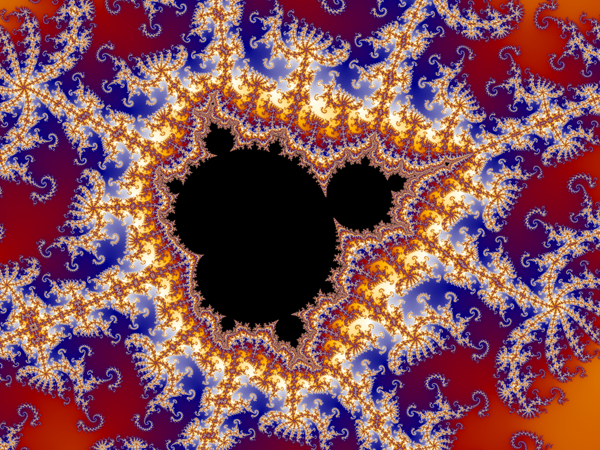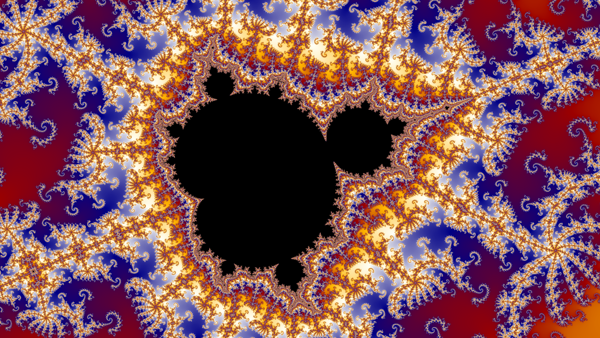Mandelbrot Fractals: ‘Hunting the Hidden Dimension’
Source: dangerousminds.net

It was in January OF 1944 that Benoit Mandelbrot fell in love with geometry, “in its most concrete and sensual form.”
”That part of geometry in which mathematics and the eye meet.”
During a math class, when Mandelbrot was nineteen years of age, at the Lycee du Parc in Lyon, young Benoit realized he could visualize algebra as geometric images. The class professor had been discussing a mathematical problem when Mandelbrot became instantly aware that he had the ability to change algebra into pictures. He then realized that once you can see pictures, the answer to a problem is obvious.
In 1958, Mandelbrot left France and joined IBM in America. It was here that Mandelbrot’s knowledge of visualizing problems was to prove very important.
Engineers at IBM had found an issue with transmitting computer information over telephone lines. Mandelbrot graphed the noise data, and noticed something that surprised him—no matter the time scale the graph looked similar, whether over one day, one hour, or one minute, or one second, the pattern remained constant. This reminded Mandelbrot of the Cantor Set, where a line is broken down into infinite recurring sets, and Helge von Koch’s “Snowflake,” where an iteration of a triangle creates an infinite length. Koch’s “Snowflake” is the earliest form of fractal.
[...]
Read the full article at: dangerousminds.net
Tune into Red Ice Radio:
Daniel Tatman - The Bath Mystery’s: Geomancy, Lay Lines, Organic & Fractal Architecture
Stephen Ruback - Beware: the Aquarian Age, The Masculine & The Feminine
Nassim Haramein - The Resonance Project & The Holofractal Theory
Michael S. Schneider - Constructing The Universe with 1 through 12, Nature’s Numerical and Geometric Language
Barbara Lamb - Crop Circles Revealed






















